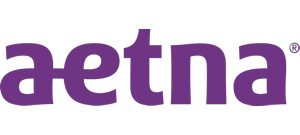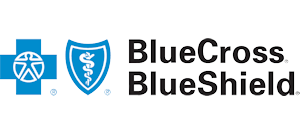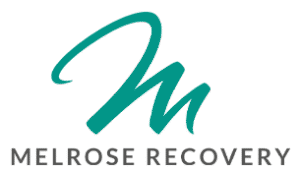Vyvanse
We Can Regret Less And Be Grateful For What is Good in Life
Vyvanse – Welcome to Melrose Recovery, your pathway to transformation and healing. Located in the vibrant heart of Los Angeles, California just moments away from iconic Hollywood and the picturesque beaches of Santa Monica and Venice, we are dedicated to changing lives. Since 2015, our comprehensive Vyvanse withdrawal treatment approach encompasses detoxification, residential care, and aftercare services, all tailored to meet each individual’s unique needs on their recovery journey.
Led by a compassionate team of addiction professionals and counselors, we offer a range of therapy programs designed to support and guide individuals suffering Vyvanse addiction withdrawal toward lasting sobriety. At Melrose Recovery, we believe in the power of personalized care and diverse treatment options to pave the way for a brighter future.

Understanding Vyvanse Addiction
Vyvanse is a prescription stimulant that’s commonly misused for its supposed benefits in boosting focus, mental performance, and productivity. However, these perceived advantages come with significant risks and side effects that can lead to addiction.
What Is Vyvanse?
Vyvanse (Lisdexamfetamine) is a central nervous system stimulant prescribed to treat ADHD and moderate to severe binge eating disorder. It is available in both capsule and chewable tablet forms and comes in multiple strengths.
For individuals with ADHD, Vyvanse can help improve focus, reduce impulsivity, and manage hyperactivity. Despite its medical benefits, Vyvanse is a Schedule II controlled substance, meaning it carries a high potential for abuse and dependence.
Many people misuse Vyvanse, believing it can enhance cognitive performance, slow cognitive decline with age, or improve work and academic outcomes. However, current research does not support these claims. Misusing the drug—especially without a prescription—can lead to serious health consequences.
Common Side Effects of Vyvanse
Vyvanse can cause side effects even when taken as prescribed. Misuse, especially without medical supervision, increases the risk of harmful reactions. Common side effects include:
-
Decreased appetite and weight loss
-
Sleep disturbances
-
Irritability
-
Nausea, vomiting, or diarrhea
-
Dizziness
-
Skin rash or tics
-
Increased blood pressure or heart rate
-
Anxiety or tremors
-
Erectile dysfunction or reduced libido
-
Abdominal pain
The severity and type of side effects can vary depending on the individual’s age, health status, and use of other substances or medications.
How Long Does Vyvanse Stay in the System?
Vyvanse is typically taken once daily. After ingestion, its effects peak within 1 to 3.5 hours and may last for up to 12 hours. The drug generally clears from the bloodstream within this timeframe, though the duration may vary by individual.
Is Vyvanse Addictive?
Yes, Vyvanse can be addictive—especially when taken in higher doses or more frequently than prescribed. Over time, the body can develop:
-
Tolerance: Needing more of the drug to feel the same effects.
-
Physical dependence: Experiencing withdrawal symptoms when the drug is reduced or stopped.
Addiction goes beyond physical dependence. It involves compulsive use despite negative consequences. People struggling with Vyvanse addiction may find it hard to control their use, even when it begins to affect their health, relationships, or responsibilities.
Signs of Vyvanse Abuse
Misusing Vyvanse can trigger both physical and psychological symptoms. Warning signs include:
-
Rapid heart rate and elevated blood pressure
-
Excessive sweating and restlessness
-
Insomnia
-
Loss of coordination
-
Nausea or abdominal pain
-
Heightened anxiety or paranoia
-
Aggressive behavior or mood swings
-
Hallucinations or psychosis
-
Suicidal or violent thoughts
-
Risk of overdose and death
Because individual responses vary, it’s difficult to predict who will experience which symptoms.
Symptoms of Vyvanse Addiction
The DSM-5 outlines criteria for diagnosing a stimulant use disorder. Common indicators of Vyvanse addiction include:
-
Taking larger amounts or using it for longer than intended
-
Unsuccessful attempts to cut down or stop use
-
Spending excessive time obtaining, using, or recovering from the drug
-
Intense cravings
-
Failing to meet responsibilities at work, school, or home
-
Continued use despite relationship problems
-
Giving up hobbies or activities due to drug use
-
Using in dangerous situations
-
Persistent use despite health problems
-
Tolerance to the drug
-
Withdrawal symptoms when use is reduced or stopped
A diagnosis can be made if a person exhibits two or more of these signs. If you or someone you know may be struggling with Vyvanse misuse, professional assessment and treatment can help.
Frequently Asked Questions About Vyvanse
What is Vyvanse?
Lisdexamfetamine is a prescription stimulant medication used to treat Attention Deficit Hyperactivity Disorder (ADHD) and moderate to severe binge eating disorder in adults.
What is the active ingredient in Lisdexamfetamine?
Lisdexamfetamine dimesylate.
How does Lisdexamfetamine work?
It is a prodrug that becomes active after being metabolized in the body, turning into dextroamphetamine, which increases dopamine and norepinephrine levels in the brain.
What forms does Lisdexamfetamine come in?
Lisdexamfetamine is available in capsules and chewable tablets, in a range of dosages.
Is Lisdexamfetamine a controlled substance?
Yes, it is a Schedule II controlled substance due to its potential for abuse and dependence.
Usage and Dosage
What is Lisdexamfetamine used to treat?
ADHD in patients 6 years and older, and moderate to severe binge eating disorder in adults.
How should Lisdexamfetamine be taken?
Once daily in the morning, with or without food.
What is the usual starting dose of Lisdexamfetamine for ADHD?
30 mg once daily.
Can the dose of Lisdexamfetamine be adjusted?
Yes, doctors may adjust the dose in 10 mg or 20 mg increments weekly, up to a maximum of 70 mg per day.
What happens if you miss a dose?
Take it as soon as you remember in the morning. Skip it if it’s late in the day to avoid insomnia. Do not double the dose.
Side Effects and Risks
What are common side effects of Lisdexamfetamine?
Decreased appetite, insomnia, dry mouth, irritability, nausea, and weight loss.
Can Vyvanse cause anxiety?
Yes, it can cause or worsen anxiety in some individuals.
Is Vyvanse addictive?
Yes, it has a high potential for abuse and dependence.
Can Vyvanse cause heart problems?
Yes, it may increase heart rate and blood pressure and could pose risks for people with heart conditions.
Does Vyvanse affect sleep?
Yes, it can cause insomnia if taken too late in the day.
Interactions and Precautions
Can you take Vyvanse with antidepressants?
Caution is advised, especially with MAO inhibitors, which can cause dangerous interactions. Always consult your doctor.
Is Vyvanse safe during pregnancy?
Vyvanse is a Category C drug. The risks and benefits should be discussed with a doctor.
Can alcohol be consumed while taking Vyvanse?
Alcohol can increase the risk of side effects and should be used cautiously or avoided.
Can Vyvanse be crushed or split?
Capsules can be opened and mixed with water, yogurt, or juice, but the contents should not be crushed or chewed.
Is it safe to drive while taking Vyvanse?
Yes, once stable on the medication, but it depends on individual response. Avoid driving if you feel dizzy or impaired.
Monitoring and Alternatives
How long does Vyvanse stay in your system?
It can be detected in urine for up to 3 days, but its effects typically last 10–14 hours.
How is Vyvanse different from Adderall?
Vyvanse is a prodrug, meaning it’s inactive until metabolized, which may provide smoother effects and less potential for abuse compared to Adderall.
Can Vyvanse be used in children?
Yes, it’s FDA-approved for children 6 years and older with ADHD.
How is the effectiveness of Vyvanse monitored?
By tracking symptom improvement and side effects, often using rating scales and regular follow-up with a healthcare provider.
What are alternatives to Vyvanse?
Other stimulants like Adderall or Ritalin, and non-stimulants like Strattera (atomoxetine) or guanfacine.
Don’t Wait to Look for a Drug Addiction Treatment Program
Get In Touch
info@melroserecovery.com
501 North Mariposa Ave, Los Angeles, CA 90004








